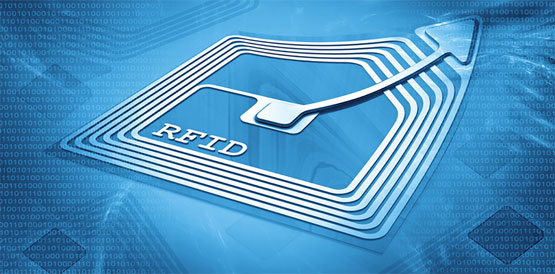Radio Frequency Identification
INTRODUCTION
Radio waves are ripples of electromagnetic waves that have frequency and travel through air. These radio waves are natural but could easily be generated artificially through devices developed to do so like radars and satellites, readers etc. The frequencies of these radio waves are used as digital codes to transmit data or information.
Radio Frequency Identification (RFID) is the science of retrieving and sending data through radio waves. The whole system is wireless and consists of a RFID tag where the information is stored, a reader which has antennas to emit radio waves and receive information back as signals from the tag.

RFID tags are of two types:
- Passive RFID tag uses reader’s radio wave signals to communicate with the reader. It does not have its own power source.
- Active or battery powered RFID tag has its own source of power, usually a battery.
RFID tags can be of low frequency, high frequency or ultra high frequency. These frequencies from low to ultra high ranges from 30 KHz to 3 GHz as used as per the requirements
* Video shown above is indicative, with full copyright to their respective owners.
APPLICATIONS
RFID tags are used for:
- Accessing controls
- Open doors, especially in office to allow the entry of authentic or designated person.
- Inventory management
- Credit, Debit card payment
- Ticketing
- Attendance of the employee
